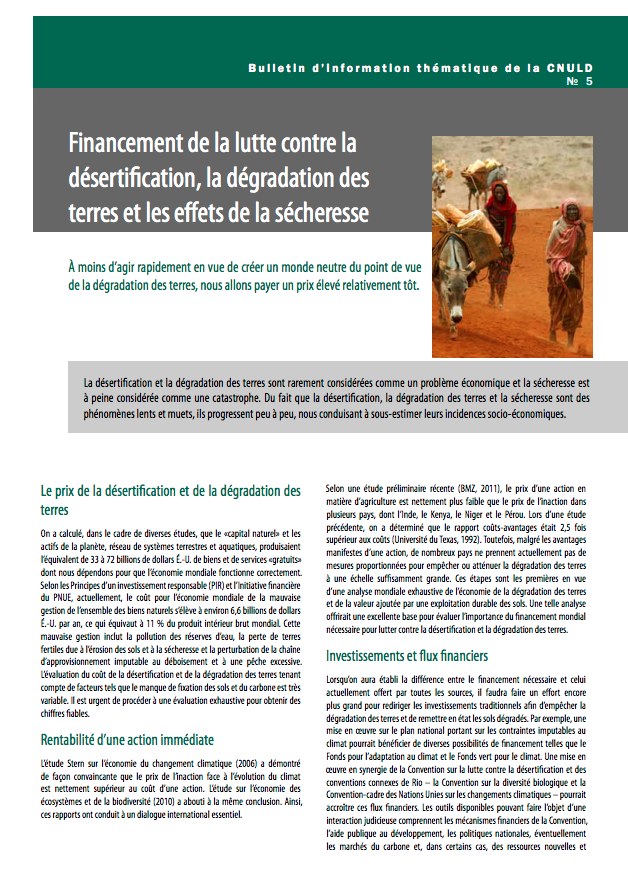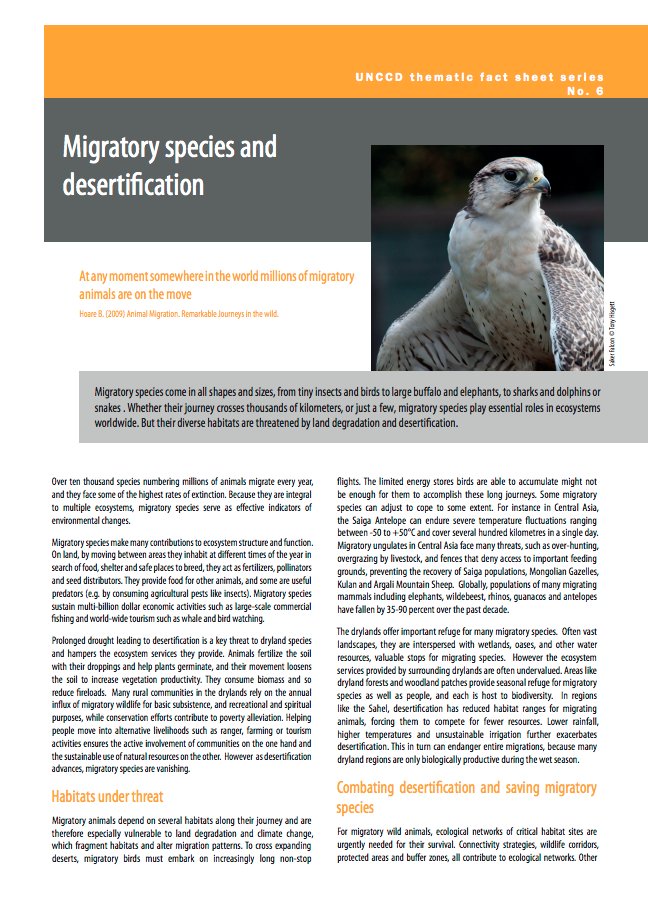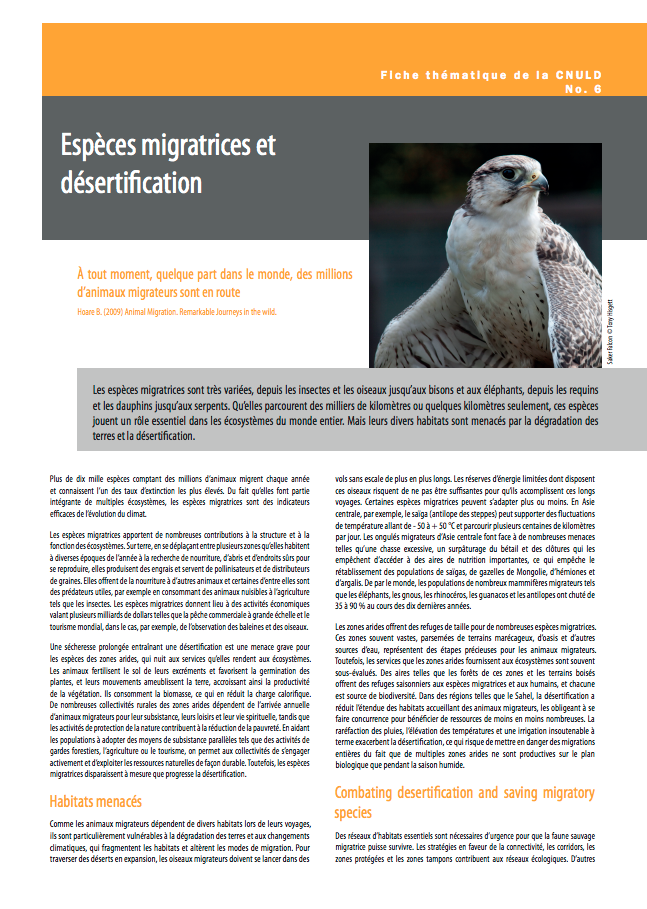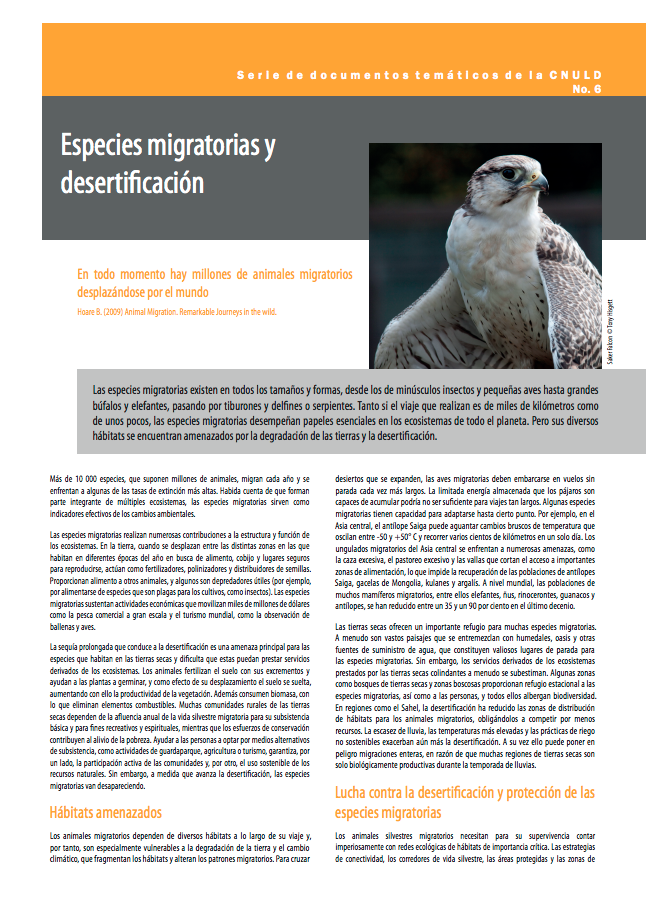Climate Change and Agriculture in Latin America, 2020-2050 : Projected Impacts and Response to Adaptation Strategies
The impacts of climate change on
agriculture are projected to be significant in coming
decades, so response strategies, and their likely costs,
should be evaluated now. That is why this study produced an
open-access, crop-climate-economic impact modeling platform
for Latin America and the Caribbean, that can be extended to
other regions, then modified and improved by users as new
crop, climate, and economic datasets become available. The








